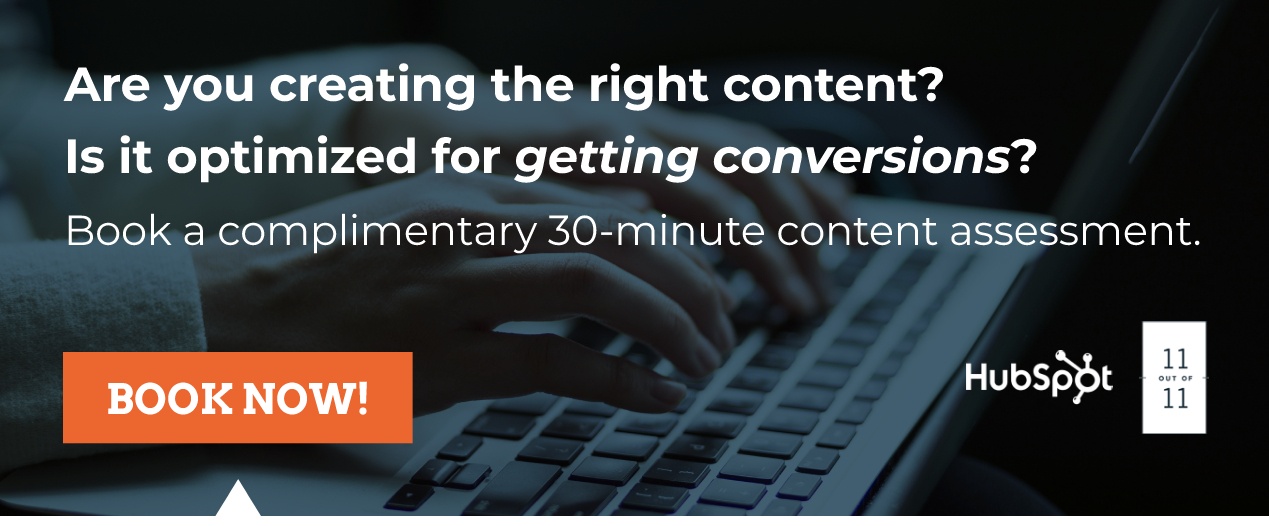Most companies want to know how to email prospects at the right moment – with the right content for the right leads – and get a better response. This is the secret sauce of effective email campaigns, “triggered” by sending relevant content based on a prospect’s activity.
Let us explain.
The Beauty of Workflow Automation
Companies use workflows to streamline business processes for everything from generating marketing leads, tracking purchases, and expense accounting to recruiting, new employee onboarding, and incident reporting. The more repeatable a workflow is, the better.
Marketers refer to a workflow as the automated process that triggers tasks, information, and emails based on standardized conditions. Many companies use workflow management software (like HubSpot), which helps them:
- Automate processes
- Reduce manual errors
- Improve productivity
- Segment an audience
- Optimize a workflow
- Scale marketing initiatives
- Be more aggressive with sales opportunities
- Simplify inbound lead generation and nurturing
- Convert more leads
What Are Workflow Enrollment Triggers?
Every workflow starts with a trigger, something that prompts people to enter or enroll in a workflow. Triggers are defined by how someone engages with marketing content, such as:
- Opening an email
- Browsing a web page
- Subscribing to a blog
- Downloading gated content
- Signing up for a webinar
Enrollment triggers automatically add a contact’s records into a workflow when they meet certain trigger criteria. Marketers use workflow management software to set triggers based on the type of workflow they’re managing. This makes the task faster and easier than enrolling contacts manually. The software also allows marketers to schedule marketing and sales processes by generating automatic emails.
That being said, here are a few ideas for workflow enrollment triggers that can help you convert more leads into full-fledged customers.
Qualified lead contacts who are unengaged or inactive
These are great triggers for re-engagement workflows. Use them to prompt people with reminders about how your company, products, or services can still solve their problems. Take the person who just opens your emails but nothing more, has downloaded content but not lately, or has become unresponsive in some other way. They were once interested. Now, they may not be. Send a message that lets them know you’re still there to help. They may be more likely to respond, or not. At least you’ll know.
Page views, Form submissions, Call-to-action clicks
These are great triggers for behavior workflows. Optimize them to take advantage of the timing. Take the person who has viewed one of your main service web pages several times. What they’re triggering lets you know that they’re already interested. By emailing a targeted message right then and there, you may convince them to buy while it’s still fresh in their mind. Email them with more information on that specific service.
Blog reads, Content downloads, Page views, Call-to-action clicks
These are great triggers for topic workflows. Use them to maximize context. Take the person who views several blog posts on the same topic. They’re indicating that they’re interested in the topic. Maybe they want to learn more. Enroll them in a nurturing workflow that supports where they are in the buyer’s journey. When they receive additional content on that same topic, they’re more likely to move forward.
Customer Lifecycle Stages
These are great triggers for customer workflows. Make sure the workflow helps them know you still care about them. Take the new customer. They’re likely new to your company as well. Get them into a customized workflow that sends them content that explains and educates them as someone who bought from you for the first time. Offer product training, feedback surveys, and upsell opportunities they would be interested in.
The same goes for persona lifestyle stages. You’ve spent time researching them. You know their specific pain points and goals. Personalize your workflow content with custom information just for them.
Abandoned Cart, Past Purchases, Purchase Cycle
These are great triggers for e-commerce workflows. Create a workflow that makes the purchase process as easy for them as possible. Take the person who abandons their cart. They could have forgotten about it or just changed their mind. Remind them about their purchase. Send out inside information on the product to entice them to finish the sale. You already know what this person likes, so keep your company top of mind with content that features similar products and services.
Form Submissions
These are great triggers for many workflows, including subscription and asset delivery, workflows. The workflow should maximize giving them what you promised because they’re expecting it. Take the person who subscribes to your blog or wants to download your whitepaper.
Automating your response to them saves a lot of time, whether you send out a new content alert or a thank you note that includes a download note. Getting workflow automation in also ensures that these critical messages remain unsent.
A form submission trigger is also great for database segmentation workflows. Take the person who enters their contact information on a form. By capturing that information, you are able to try and convert them into customers. Use that information to divide your database and customize content and messaging for different contact groups.
For those readers who use HubSpot, this Knowledge Base article covers the exact information you need to know to set your workflow enrollment triggers with ease: Set Your Workflow Enrollment Triggers.







.png)






